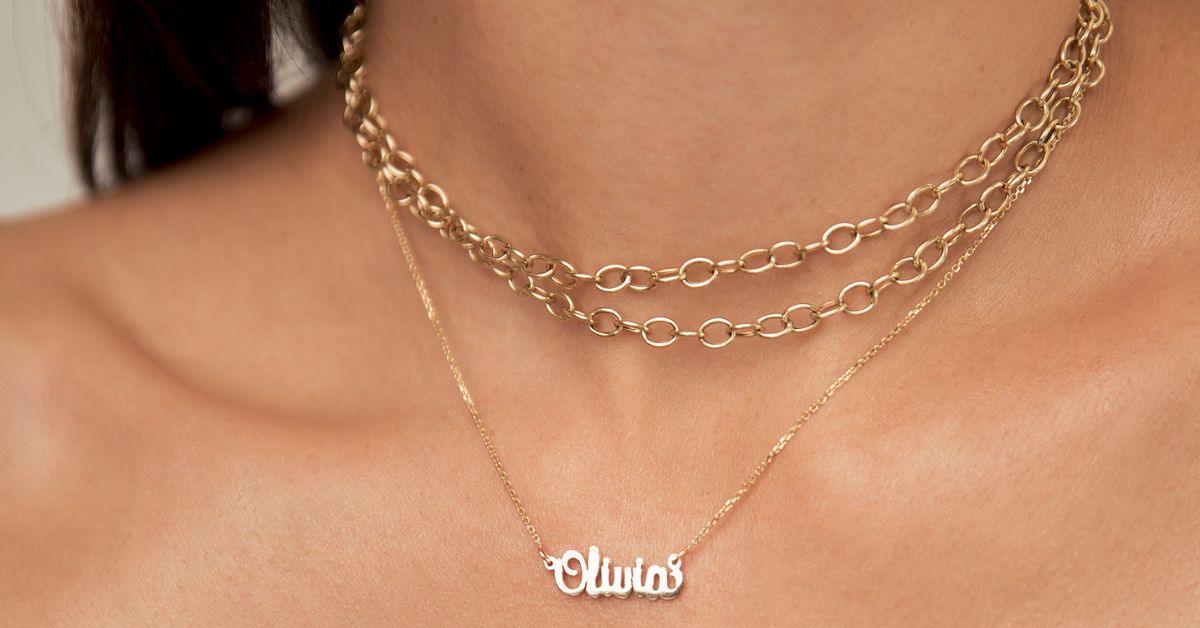Your Cart is Empty

Ever wondered why some jewelry pieces catch your eye more than others? The secret often lies in the clever mix of metals! Mixing metals in fine jewelry not only adds depth and character but also opens up endless design possibilities. In this article, we’ll explore how to combine different metals effectively and why it matters!
Mixing metals in fine jewelry can yield beautiful and unique designs, but it requires a careful approach to ensure harmony. Start by considering the overall aesthetic you want to achieve;sometimes, less is more.

Choosing two or three complementary metals can create a cohesive look without overwhelming the piece. Think about the thickness and texture of each metal; for instance, pairing a delicate chain with a chunky pendant can add visual interest.
Additionally, consider using gemstones or enamel accents that tie together the different metals, providing a focal point that draws attention without clashing. Balance is key—ensure that the weight and shine of each metal work well together so that one doesn’t dominate the design.
Experimentation is encouraged; creating sample pieces allows you to see how different combinations interact under various lighting conditions. Lastly, remember that personal style plays an important role—trust your instincts and choose combinations that resonate with you.
Mixing metals in fine jewelry is an art that can elevate your designs from ordinary to extraordinary.
To achieve a harmonious blend, it's essential to choose the right base metal for your design. Gold, silver, and platinum each offer unique qualities, but combining them requires careful consideration of their properties.
For instance, pairing warm yellow gold with cool white gold can create a stunning contrast that draws the eye.
Additionally, incorporating rose gold can add a romantic touch, softening the overall aesthetic. When mixing metals, it’s crucial to consider the color temperature, as well as the finish of each metal—matte, polished, or brushed can significantly affect the final look.
Mixing metals in fine jewelry is an art that can elevate your designs to new heights. One of the most effective techniques is to experiment with different finishes for contrast.
For instance, pairing polished gold with brushed silver can create a striking visual dynamic.
The smoothness of polished surfaces catches the light beautifully, while matte finishes add depth and texture.
This contrast not only enhances the aesthetic appeal but also highlights the unique qualities of each metal.

Finishes can also influence the overall feel of a piece. A high-shine finish may evoke a sense of modern elegance, while an oxidized or antiqued surface can impart a vintage charm.
When combining different metals, consider how each finish interacts with light and shadow; this interplay can dramatically alter the perception of your design.
Mixing metals in fine jewelry can create stunning pieces that showcase your unique style. To achieve harmony, use color theory to guide your choices.
For instance, combining warm metals like gold and rose gold can evoke a sense of warmth and intimacy, while pairing cool metals like silver and platinum offers a sleek, modern vibe. When you understand the color wheel, you can see how different shades interact, allowing you to craft jewelry that feels balanced and cohesive.
Other colors can also be incorporated into your metal choices. For example, adding pops of color through gemstones or enamel can enhance the overall aesthetic of mixed metal pieces. Consider using complementary colors to draw attention to specific elements of your design.
A deep blue sapphire set in a warm gold setting can create a striking contrast, making both the metal and the stone stand out.
Mixing metals in fine jewelry can elevate your designs, creating a unique and eye-catching aesthetic.
To achieve this, consider how different metals interact with each other. For example, pairing warm golds with cool silvers can create a striking contrast that draws the eye.
Create focal points with strategic metal placement; highlight specific areas of your piece by using a bolder metal in those sections, while softer metals can serve as a backdrop.
Another way to create focal points with your jewelry is by incorporating gemstones or other materials alongside the mixed metals.
Selecting stones that complement the color palette of your metals can enhance the overall look and add depth to your design. For instance, a rich emerald can beautifully contrast with yellow gold, while a deep sapphire may pop against the cool tones of white gold or platinum.
Mixing metals in fine jewelry can create stunning, unique pieces, but it requires a bit of finesse. One common mistake when mixing precious metals is not considering their karat weights.
For instance, combining 14k gold with 18k gold might lead to an imbalance in color and luster. Always aim for similar karat weights to maintain a harmonious look.
Another mistake to avoid is neglecting the compatibility of metals. Certain metals, like copper and silver, can tarnish or react with each other, potentially damaging the jewelry over time. It's essential to choose metals that complement each other not only visually but also chemically.
Furthermore, pay attention to the weight of the metals involved. Heavier metals, like platinum, can overshadow lighter ones, such as sterling silver or gold-filled pieces. This imbalance might affect how the jewelry sits on the body and can lead to discomfort or an unflattering appearance.